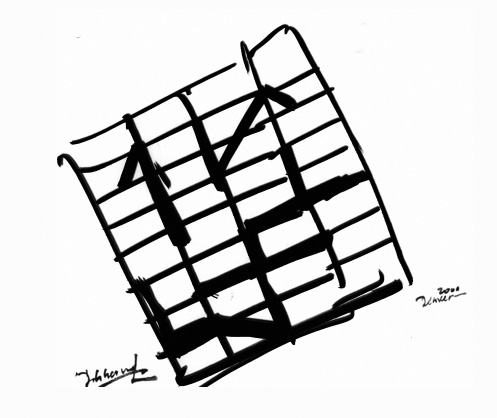Libeskind’s Museum Residences: Architecture Trumps Mountain Views
When Denver’s commercial real estate industry outlines criteria for developing a successful project, it typically starts with whether the site provides any views of Colorado’s Rocky Mountain Front Range to the west of the city. It follows, of course, that these units hold a value premium, as owners will pay more for this look at the mountains, a source of comfort and inspiration and an iconic representation of Colorado’s strong sense of identity.
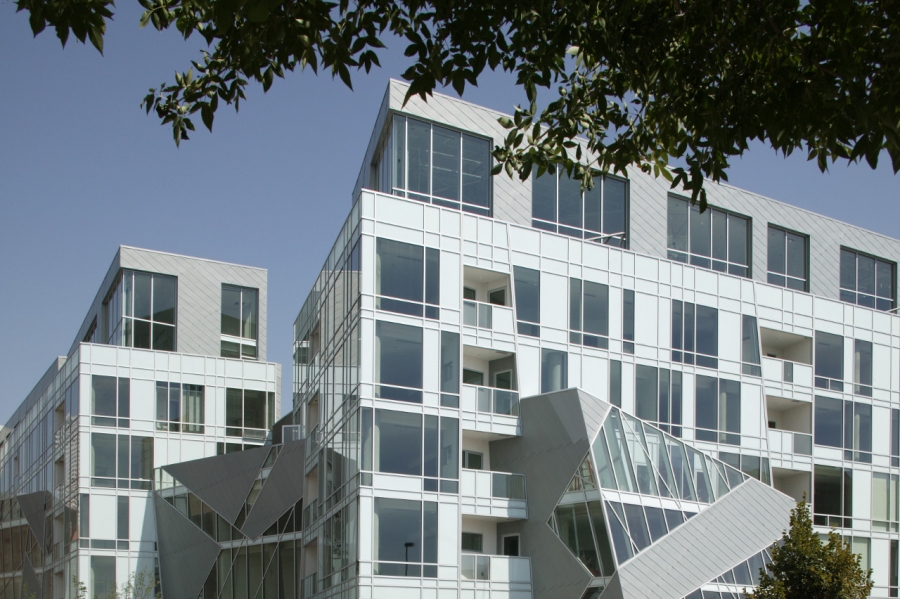 Credit: Ron Pollard
Credit: Ron Pollard
Contrary to this real estate value axiom, however, the new condominium units facing the Hamilton Building of the Denver Art Museum sold first -- and very quickly. The Museum Residences condominiums and the Hamilton Building were both designed by world-renowned architect Daniel Libeskind and they provide an architectural statement that in this case surpassed the allure of Denver’s mountains. The “high architecture” of both buildings, with their sculptural quality, had a significant and measurable positive profit impact on the value of the condominiums and the project’s development.
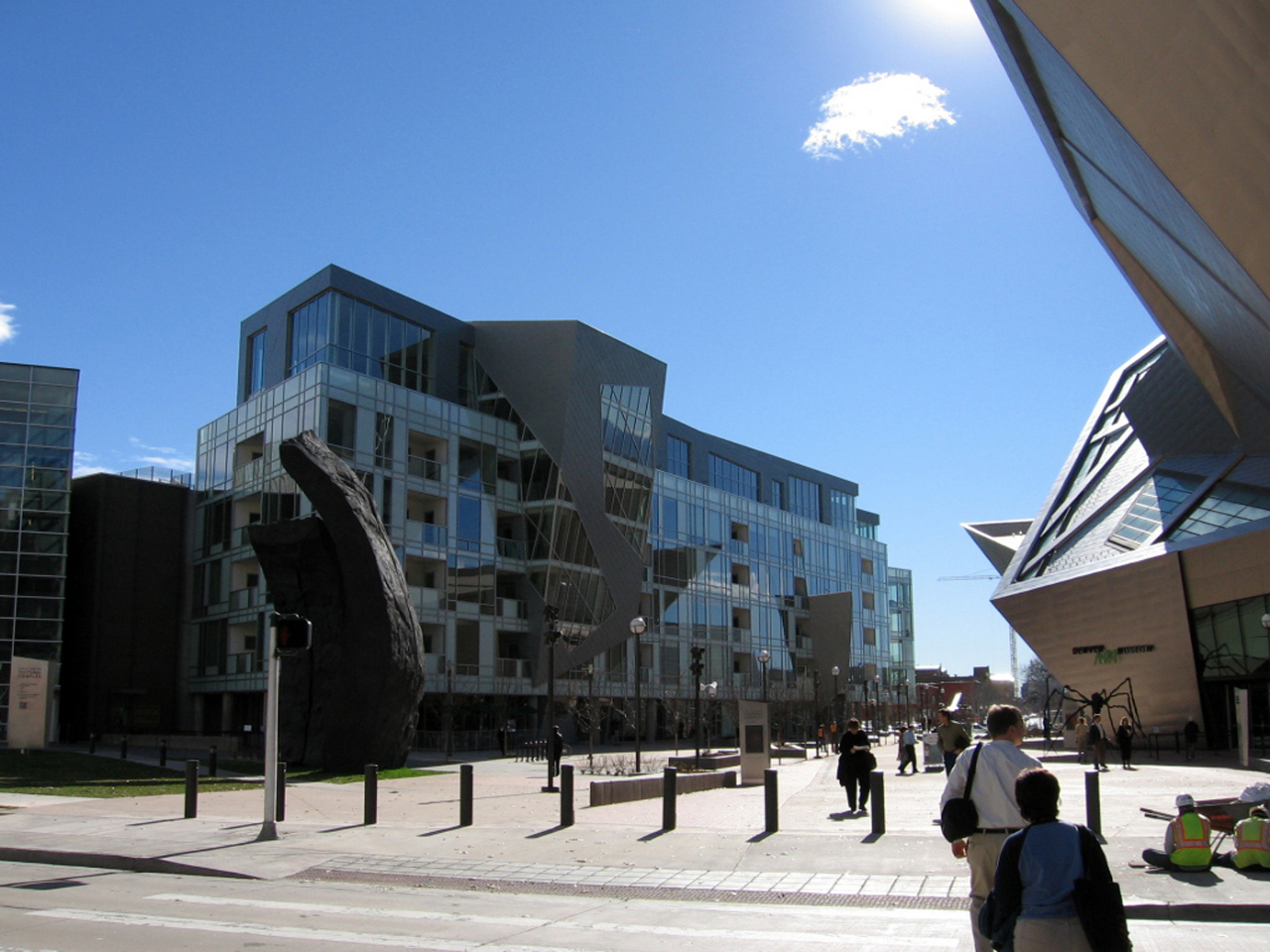
According to the project’s developer, George Thorn, “One of our marketing tools during construction of the residences was framing a window in the sales office that looked onto the construction of the museum. This was a very effective way of highlighting the proximity of the architecture and its importance from the units.” All of the units with a view to the museum sold very quickly. Based on their immediate popularity, Thorn raised his prices six times when he first brought them onto the market. Eight of the 55 original units remain for sale, all facing the mountains, a wonderful testimony to the power of urban architecture. Most of the units also include views of Gio Ponti's original Denver Art Museum building and Michael Graves’s Denver Public Library, providing a lively, tantalizing architectural juxtaposition to live within for lucky condominium owners.

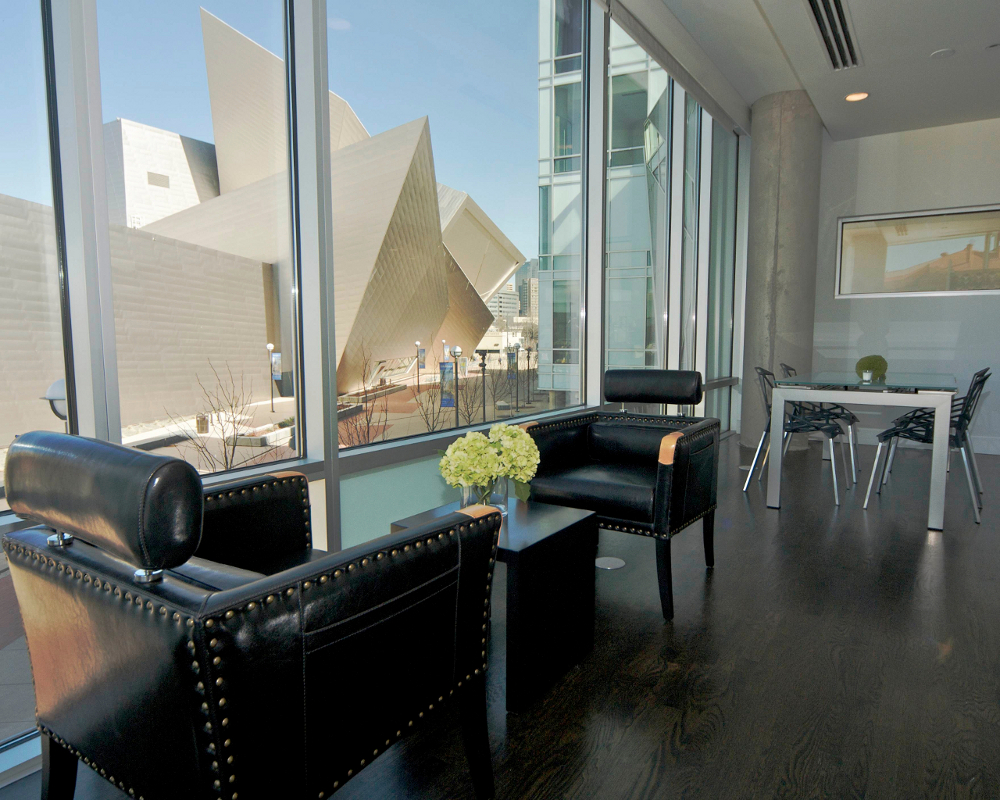

Although the complex architectural features of the mixed-use, retail and condominium project incurred a 20-25% premium in construction costs, the sale price of the units added a 20-30% “architecture” premium to those costs and still sold very well, creating a successful, profitable project from the developer’s bottom-line standpoint. Thorn mentions, “Even as Denver’s downtown condominium market has become commoditized, I’m getting $500 per square foot for my units in a $400 market. I exceeded my pro forma by 20-30%.”
George adds that Libeskind was very committed to the project. “Of course, having the Museum addition under design and construction at the same time as the residences probably made Daniel more available to me than he would have otherwise been, but he was great to work with, easy and a lot of fun. He was always willing to work on what would sell in the units.”

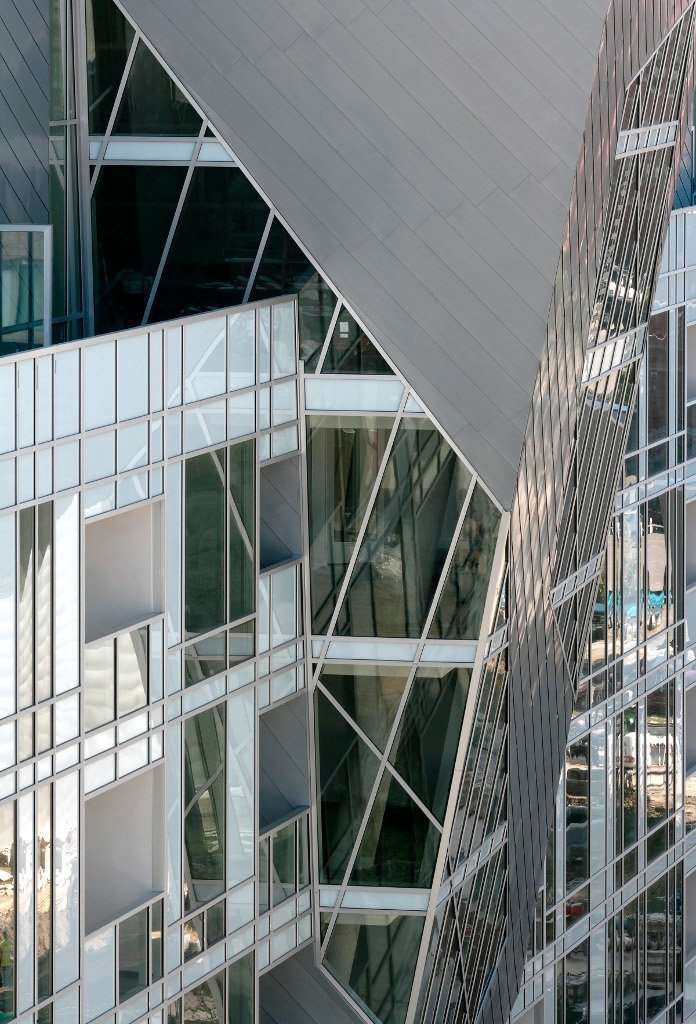
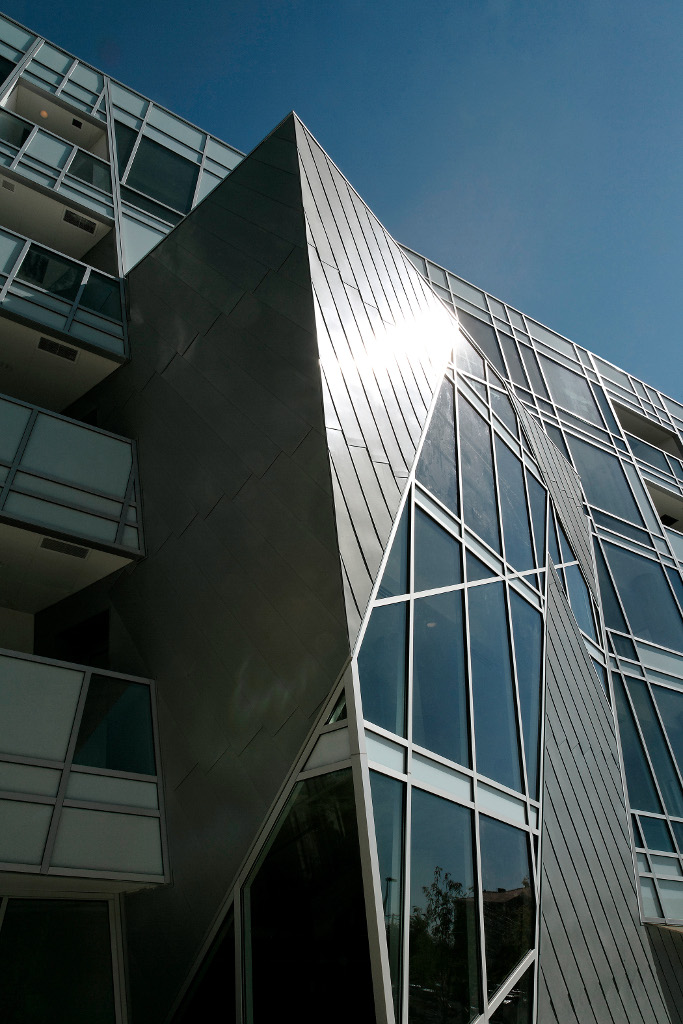
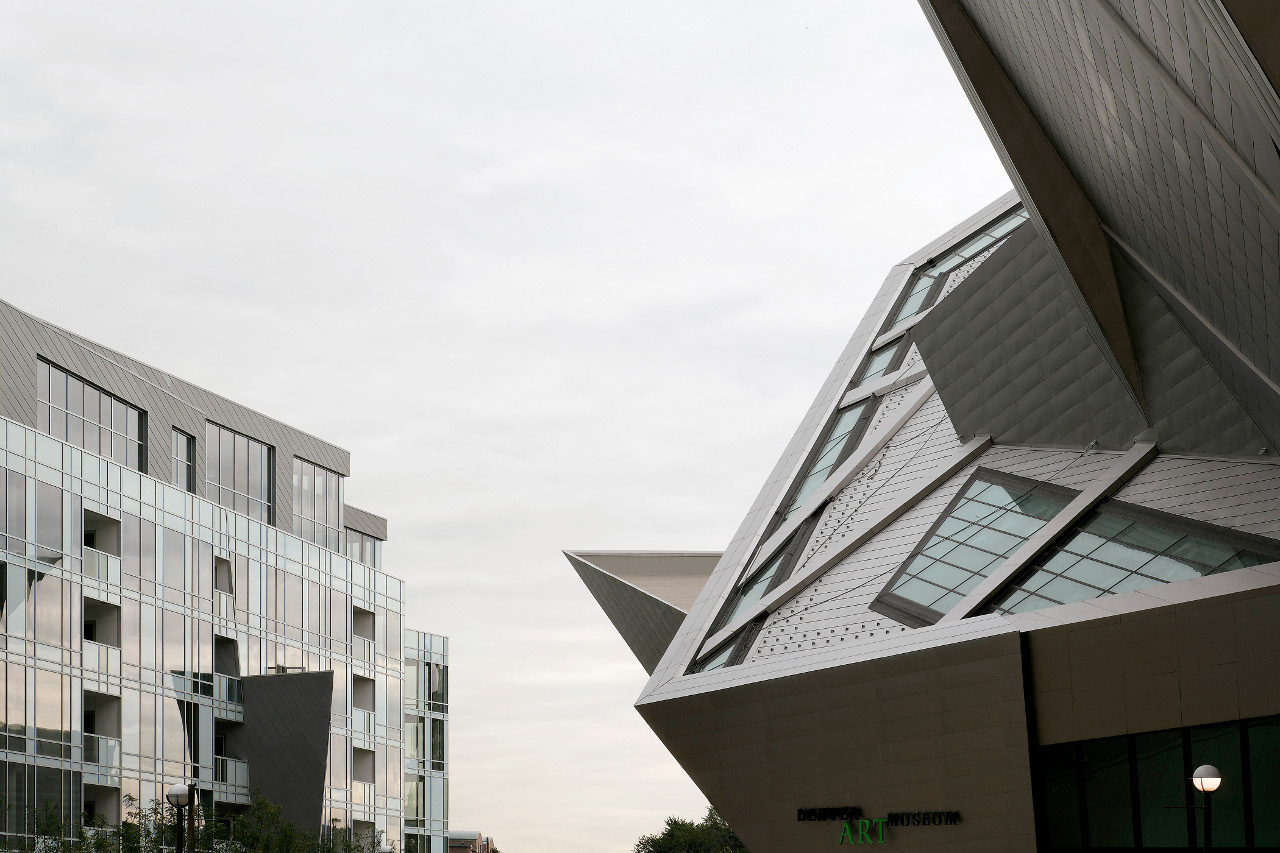
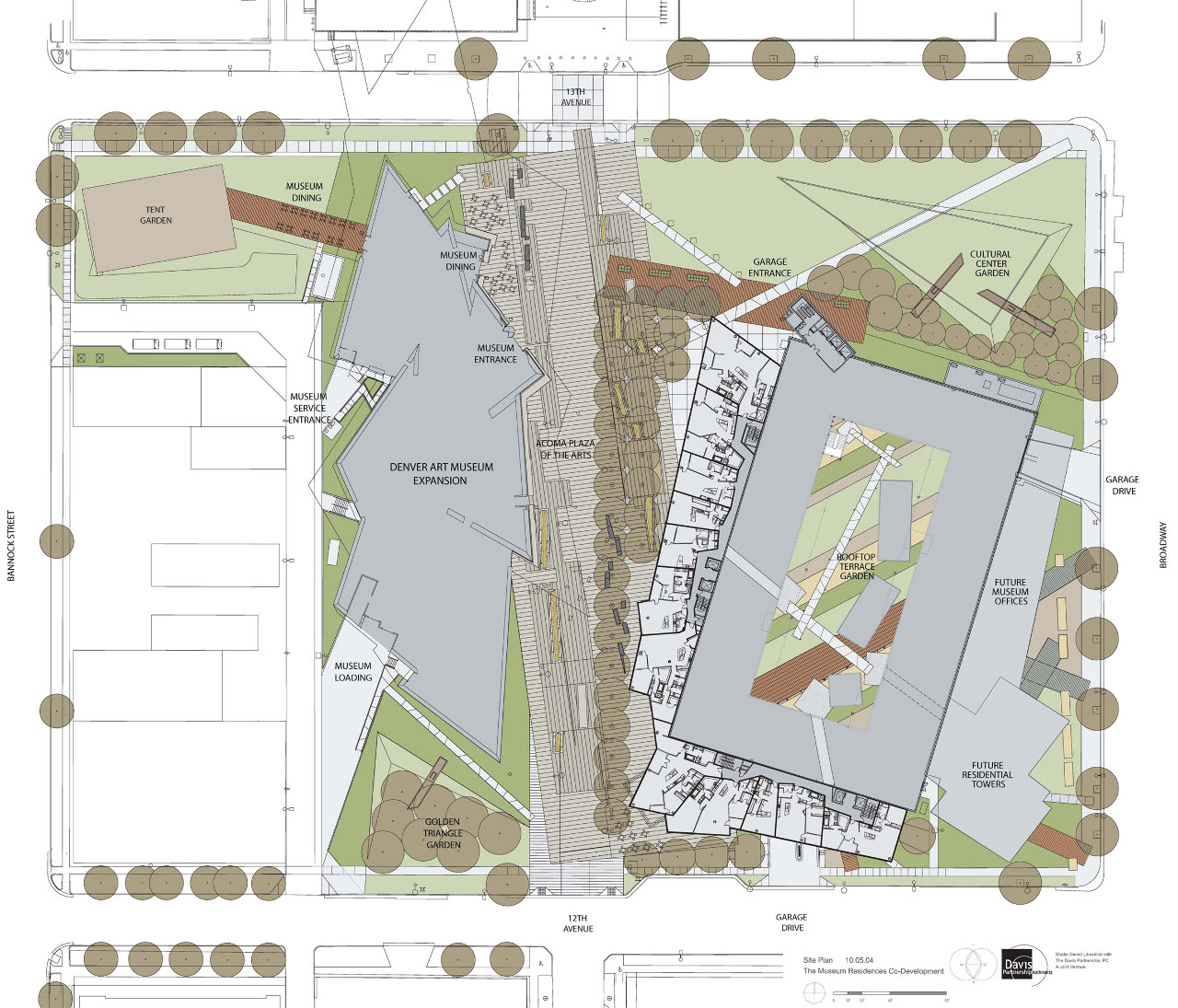
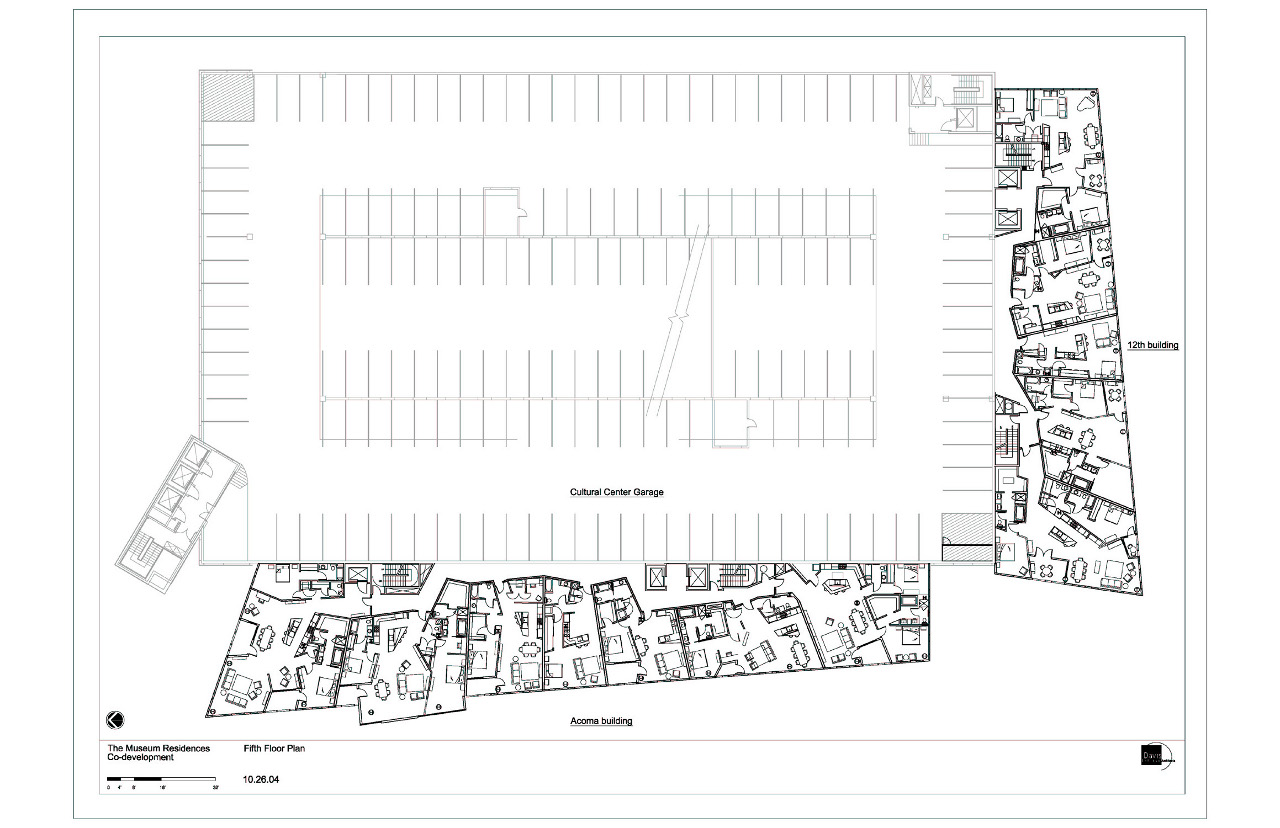

Morey Bean, AIA, LEED AP
Colorado's 1999 Architect of the Year and Vice Chair of the Boulder Chapter of the Urban Land Institute, Morey’s experience includes the successful development of the Colorado Architecture Partnership, an architecture firm dedicated to sustainability and green building. Morey was appointed by the Chief Architect of the GSA to the National Register of Peer Professionals. He serves as a ULI Service Advisory Panelist and was a charter member of the Colorado Chapter of the USGBC and past president of the Colorado South Chapter of the AIA. He is a construction litigation services expert witness, land development analyst and sustainability strategies consultant.
The author was honored by the Colorado Component of the American Institute of Architects as their Architect of the Year in 1999 and is on the Roster of Neutrals for the American Arbitration Association (AAA), providing dispute settlement for the design and construction industry.
Website: www.cyberarchitects.com
